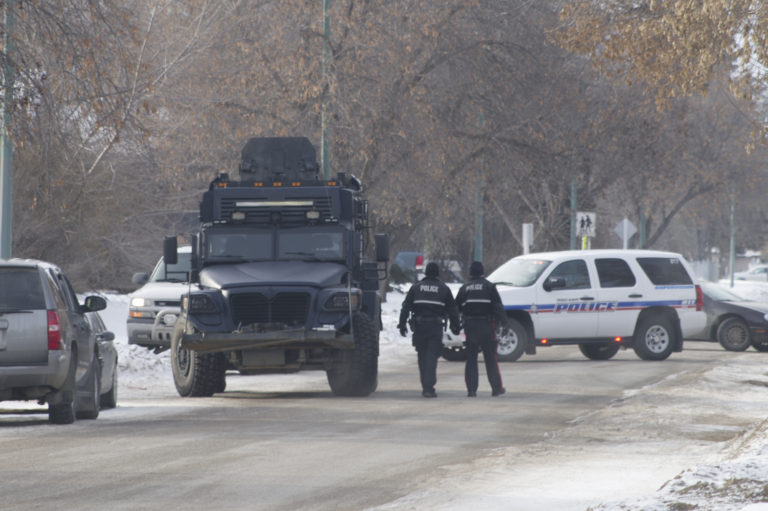
Reported crimes against young women and girls are higher in Saskatchewan and Manitoba than anywhere in the north, according to data recently released by Statistics Canada.
The report measured crimes reported to police in all three of Canada’s northern territories, as well as northern areas of British Columbia, Alberta, Saskatchewan, Manitoba, Ontario and Quebec.
In 2017, 12,036 women and girls under the age of 24 were victims of police-reported violent crime in Northern Canada, a rate of roughly 3,643 victims per 100,000 people. That’s nearly three times higher than the rates for young women and girls in the south, and twice as high as violent crime rates against young men and boys in the north.
Northern Saskatchewan had by far the highest rates of violent crime against young women and girls, with police reporting 13,886 victims per 100,000 people. Northern Manitoba was second with 9,025 victims per 100,000 people. Men were also more likely to be victims of violent crime in Northern Saskatchewan and Northern Manitoba than anywhere else in the north.
Stats Canada reported that 44 per cent of all young female victims in police reported violent crimes were victimized by intimate partners or spouses, while 20 per cent were victimized by other family members, which can include parents, grandparents, siblings, cousins, aunts or uncles. Another 22 per cent were victimized by a casual acquaintance.
Typically, rates of police-reported violent crime peak for girls at the age of 15 in both the north and the south. However, while those rates decline for girls in Southern Canada, they remain consistently high for women in the north up until their 30s.
Police are much more likely to identify the assailant in instances of violent crime against young women and girls in the north than in the south. Police identified the assailant 81 per cent of the time, compared to 68 per cent in the south. The Statistics Canada report’s author says that may be attributable to living in small, remote communities where residents are more likely to know each other.
However, even when the accused was identified, there was not significant change in how likely they were to be charged.
